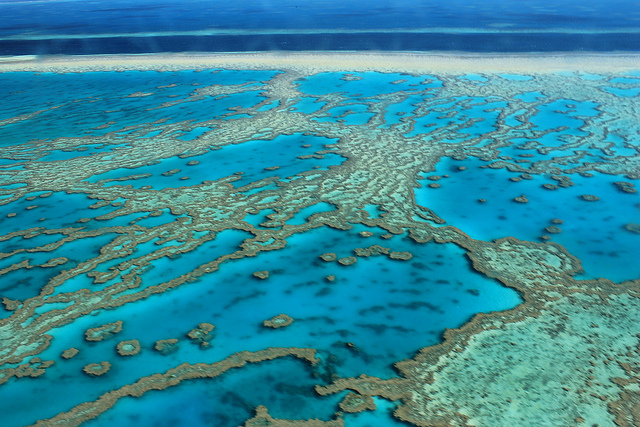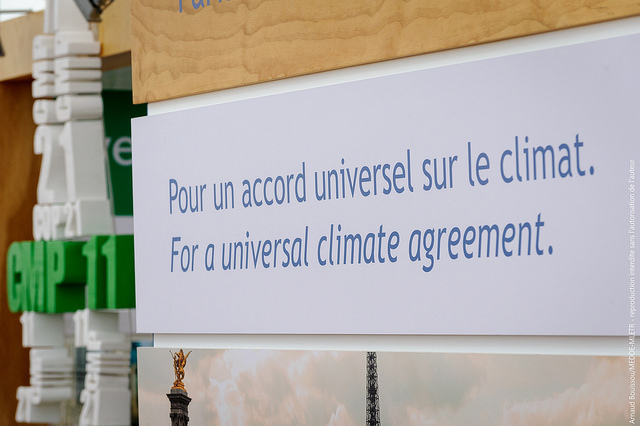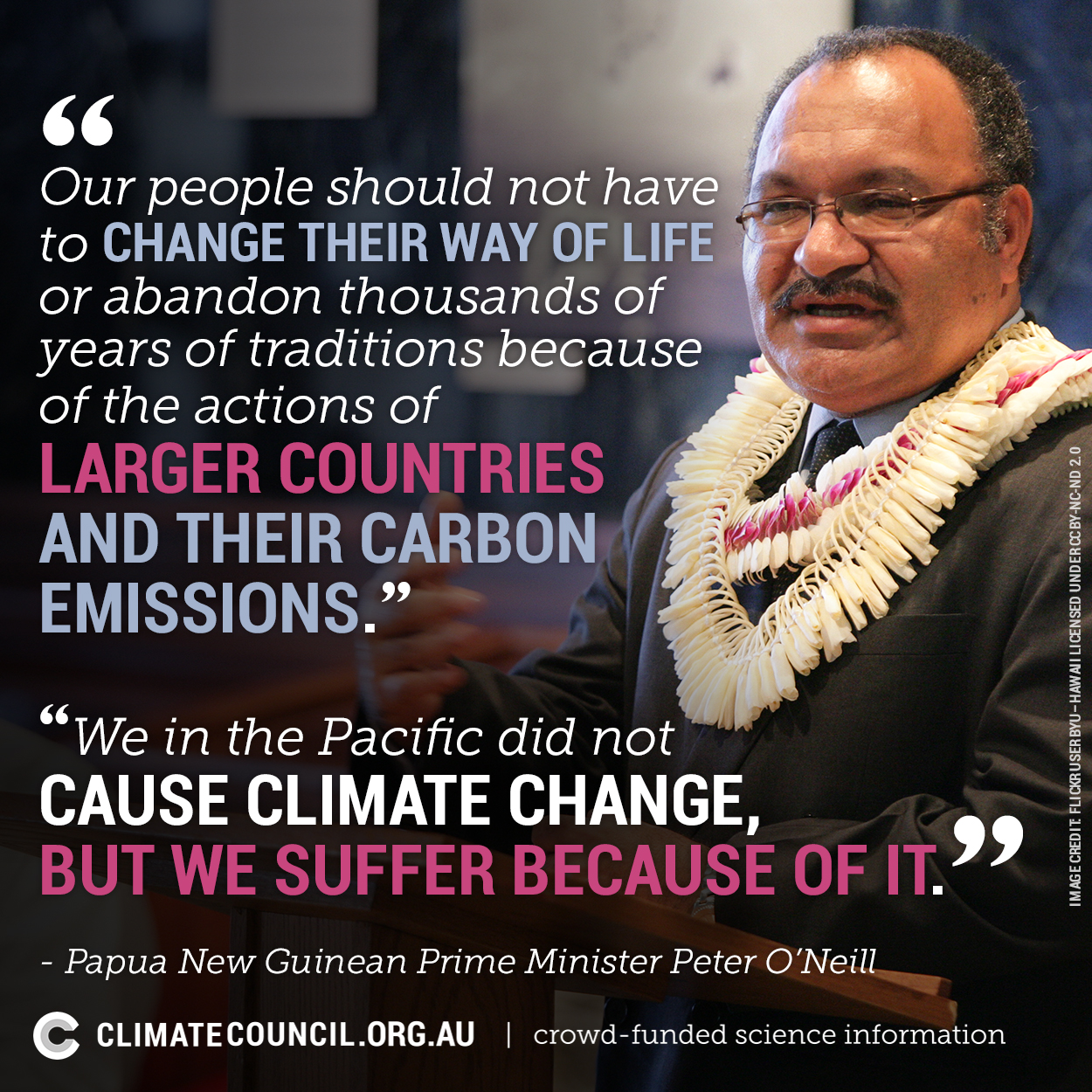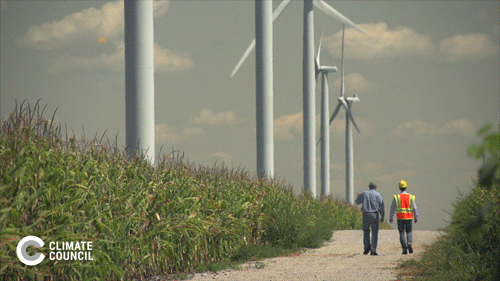The Paris climate talks have finally come to a close. As the negotiating teams of over 190 countries head home, they’ve created a historic agreement that will be remembered as a pivotal moment in the global effort to bring climate change under control. We’ve pulled together the three biggest wins to come out of the Paris agreement and some thoughts on what happens next.
1. The 1.5°C target
For the first time, nations have acknowledged that we should do everything possible to limit global warming to below 1.5°C. This is critical to the survival of Pacific Island nations and other vulnerable countries, as well as the Great Barrier Reef. The 1.5°C limit is an acknowledgement from nations that our climate is changing more rapidly and with greater and more damaging impacts than previously thought. This means emissions will have to come down more and more rapidly.
1.5°C is undoubtedly a challenging target, but as action ramps up and the cost of renewables plummets it’s hoped that this temperature cap will be increasingly within reach. In an important additional development, the Intergovernmental Panel on Climate Change (IPCC) has been tasked with investigating pathways for limiting global warming to 1.5°C above pre-industrial levels. This will be key for giving guidance to nations to strengthen their efforts over time.
You can read more about this here.

2. Reviewing and strengthening targets over time
The Paris agreement notes that the current pollution reduction targets are insufficient and efforts will need to be increased. Fortunately the agreement incorporates a review process, where targets can continually be reviewed and ambition scaled up.
As the price of solar power and other clean sources of energy continue to fall, and as political support to eradicate fossil fuel burning grows, countries are expected to be able to submit more ambitious pledges.

3. The agreement is truly universal.
The Paris Agreement was the product of years of preparation and two weeks of intense negotiations. All 195 countries are committed. From rich to poor, small to large, all nations will play a role in tackling climate change. The universal nature of the agreement is very different to the Kyoto Protocol – the 1997 agreement that caused strong divisions between the obligations of wealthy and developing countries but ultimately failed to lower emissions. Unlike Kyoto, the Paris agreement depends on political will, with countries setting their own climate action plans.
Developed countries have promised $100 billion per year to help developing countries reduce their emissions and become more climate resilient.

And all the countries agreed for five-year reviews of their emissions reductions. The Paris agreement is truly universal – for the first time, all 195 countries are committed to a common goal of lowering planet-warming greenhouse gas emissions to help limit the most drastic effects of climate change.
What Happens Next?
World leaders have committed to a significant agreement in Paris, but strong words have to be met with strong actions at home. The Australian Government cannot approve new coal mines and other fossil fuel projects if we are to stay below 2°C of warming, let alone 1.5°C. Not only will there be no market for Australian coal in a world that is rapidly cutting emissions, the coal in the Galilee, if developed, would emit more than Australia’s entire emissions each year. Australia has a lot of catching up to do.
The world is in the midst of an energy revolution: 4,700,000 new jobs have been created worldwide in renewable energy since 2009 and clean energy investment has grown by 50%. As one of the sunniest and windiest countries in the world, Australia could take considerable advantage of the renewables boom with a strong renewable energy target.

The agreement reached at Paris is an important moment in the historic switch to a healthier, more innovative and more prosperous society. Now it’s down to every country, every state and every city to work out how they are going to contribute, and it starts with the Australian government setting powerful policy to lead the way.
Image credits:
1. Flickr user farbenfrohewunderwelt licensed under CC BY-ND 2.0
2. Flickr user mycieau licensed under CC BY-ND 2.0
3. Flickr user BYU-Hawaii licensed under CC BY-NC-ND 2.0
4. Climate Council